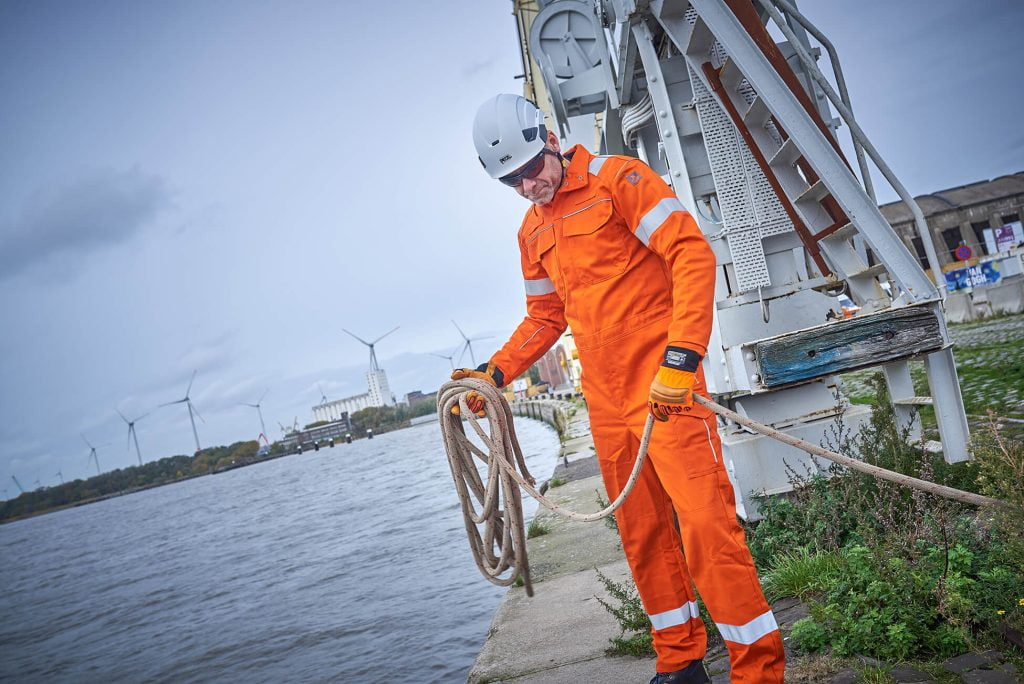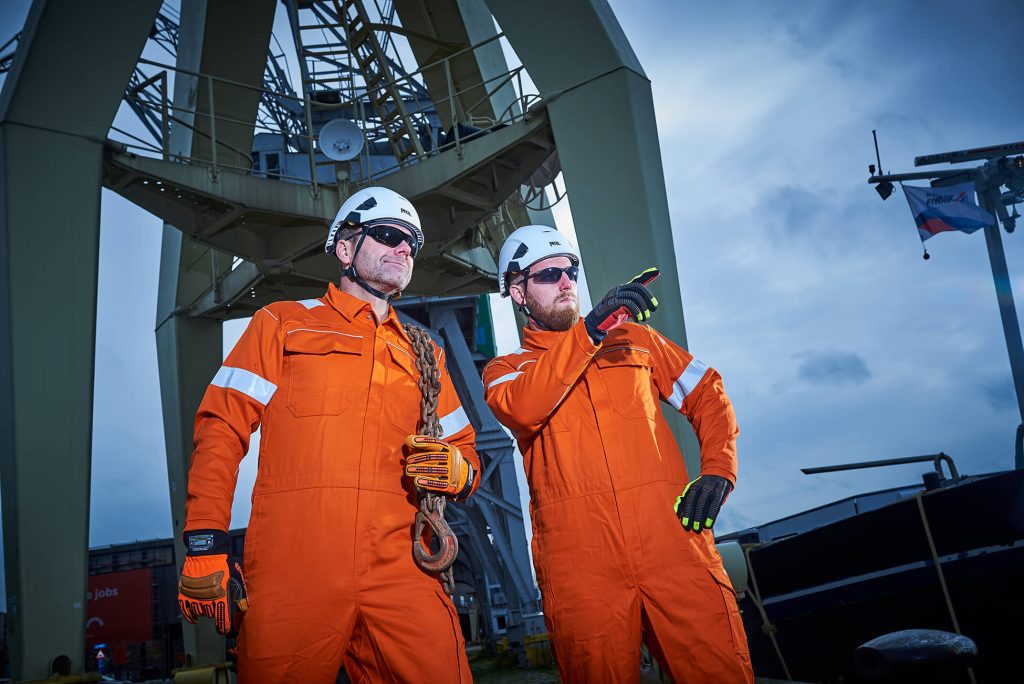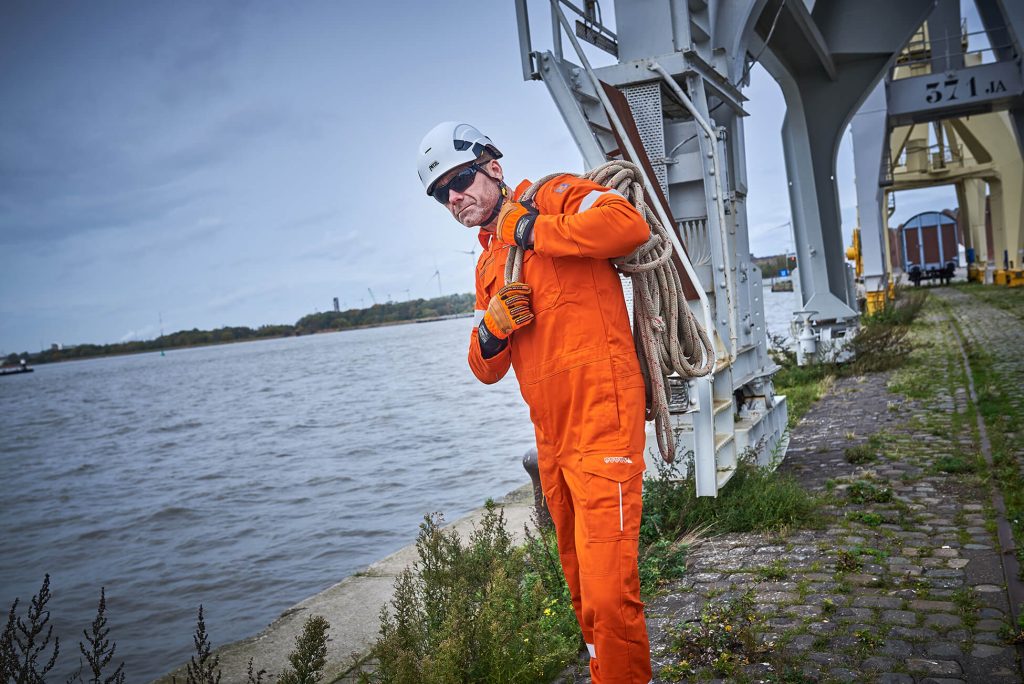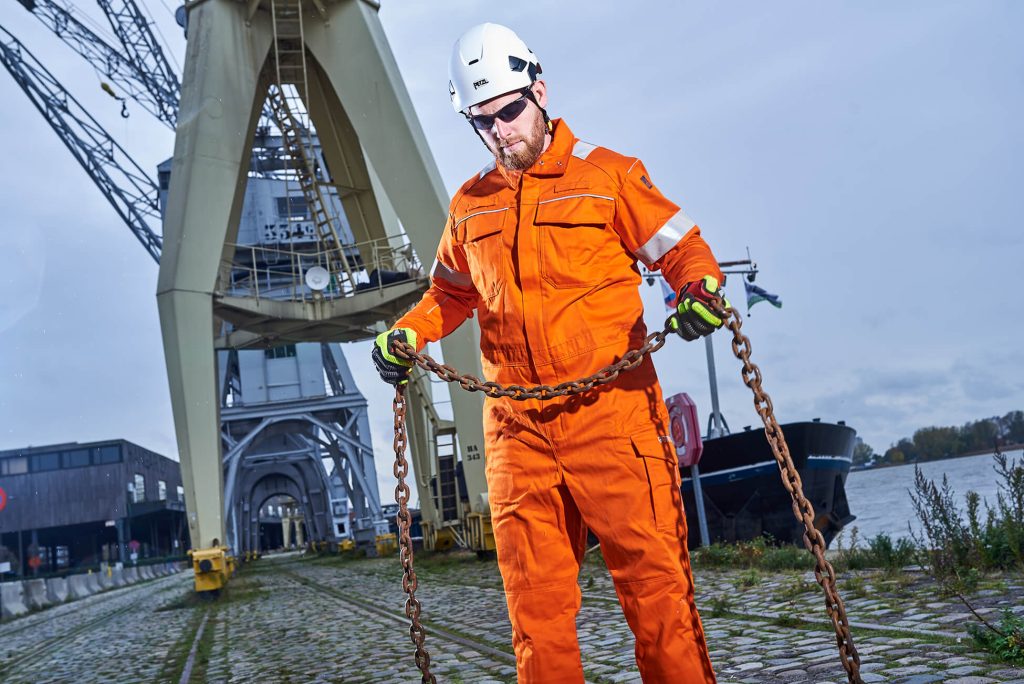When is a construction helmet mandatory?
Wearing a construction helmet can make all the difference in industrial accidents. Therefore, wearing a construction helmet is very important. However, there are sometimes situations where it is questionable whether you should wear a construction helmet. What exactly are the obligations when it comes to wearing a construction helmet?
On this page, we therefore answer the question; when is a construction helmet mandatory? We also elaborate on the possible risks that a construction helmet protects against and provide practical information on the service life and maintenance of this important PPE (personal protective equipment).
What does the law say about; when construction helmet mandatory?
Wearing a construction helmet on a construction site is mandatory in almost all cases! There are also a number of additional situations where wearing a construction helmet is mandatory.
- In places where this (by a sign) is indicated;
- In environments where there is a risk of objects falling. Or where objects can fly off, for example. As this is the case on construction sites in almost all cases, wearing a construction helmet on building sites is almost always mandatory;
- In places where the risk of entrapment or impact is a real possibility. In practice, it is therefore also often mandatory to wear a construction helmet around machinery.
For whom is a construction helmet mandatory?
Wearing a construction helmet is mandatory for everyone in the area where wearing a construction helmet is made mandatory. Thus, there is no exceptions for visitors, for example.

Possible risks when not wearing a construction helmet
The head is perhaps one of the most vulnerable parts of the body. Good protection is therefore important. A construction helmet therefore protects against all kinds of risks. Such as;
- Punches;
- Falling objects;
- Metal splashes;
- Chemicals;
- Flame arc;
- Poor visibility (after all, a construction helmet stands out well).
Different types of head protection
Depending on the risks you work in, there are different types of head protection available.
- Bump caps; protect against stationary objects.
- Industrial safety helmets; protective against falling objects.
- Climbing helmets; helmets with chin strap.
- Hairnets; protect against rotating parts
- Hats & hoodies; protect the head from cold or liquids.
- Welding caps & monk caps: protect against welding spatter.
Construction helmet standards
The following standards apply to the use of protective headgear:
- EN 397: Industrial safety helmets;
- EN 812: Industrial bump caps;
- EN 14052: Industrial safety helmets with a high level of protection;
- EN 12492: Helmets for mountaineers;
- EN 50365: Electrically insulating helmets for use on low-voltage installations.
Can't see the wood for the trees in the diversity of construction helmets? No worries! Wijngaarden VeiligGoed will gladly advise you on the best choice for your situation or the situation of your employees. Contact us at info@veiliggoed.nl or call us on: +31 184 43 44 55.

Encourage wearing a construction helmet
Not everyone is always enthusiastic about having to wear a construction helmet. Of course, that should not be a factor in the places where the construction helmet should be compulsorily worn. However, there are some tips to encourage wearing the construction helmet.
One example, of course, is the proper information, why emphasis is placed on creating support. Wijngaarden VeiligGoed is closely involved with their customers, including when it comes to education and support. You can read more about this read here.
Increasing the wearing comfort can be another incentive to promote wearing a construction helmet. Consider consideration of helmet weight, ventilation and headbands. Cooling pads or other cooling solutions may be used when working in hot conditions.
Lifespan of a construction helmet
On average, a construction helmet goes about three to five years along. This depends, among other things, on the material the construction helmet is made of. The production date of the helmet is always mentioned in the shell of the helmet.
Maintenance of a construction helmet
Good maintenance and proper use of the helmet contributes to a longer service life. Always store the helmet in a dry place, out of sunlight. Preferably do not use solvents or abrasives when cleaning the helmet. Is the helmet still poorly cleanable? That is a sign that the helmet needs replacing.
Order a construction helmet from Wijngaarden VeiligGoed
Ordering a safe construction helmet? Then you have come to the right place at Wijngaarden VeiligGoed. We are one of the largest suppliers in the Netherlands in the field of PPE. We have a large stock as standard, so we can always deliver quickly.
Get advice on using the right construction helmet for your situation from one of our advisers. Get in touch via info@veiliggoed.nl, +31 184 43 44 55 or fill in the contact form on our contact page.
Learn more about the laws and regulations surrounding construction helmets to answer the question 'when is a construction helmet mandatory'? We wrote about it on the page 'head protection' more about.

Frequently asked questions on the requirement for a construction helmet
When is wearing a construction helmet mandatory?
Wearing a construction helmet is almost always mandatory on construction sites. This includes situations where signs indicate this, in environments with risk of falling objects or flying objects, and in places where there is a real risk of entrapment or impact, such as around machinery.
For whom is wearing a construction helmet mandatory?
The obligation to wear a construction helmet applies to anyone in an area where wearing a construction helmet is mandatory. This therefore includes not only workers, but also visitors and others who are in these areas.
What are the risks of not wearing a construction helmet?
Failure to wear a construction helmet can lead to exposure to various hazards, including impacts, falling objects, metal splashes, chemicals, electric arc, and reduced visibility. The head is one of the most vulnerable parts of the body, and proper protection is therefore essential.

Our advisors are happy to help you or make an appointment if you wish.
Phone: +31 184 434 455
Mail: info@veiliggoed.nl
